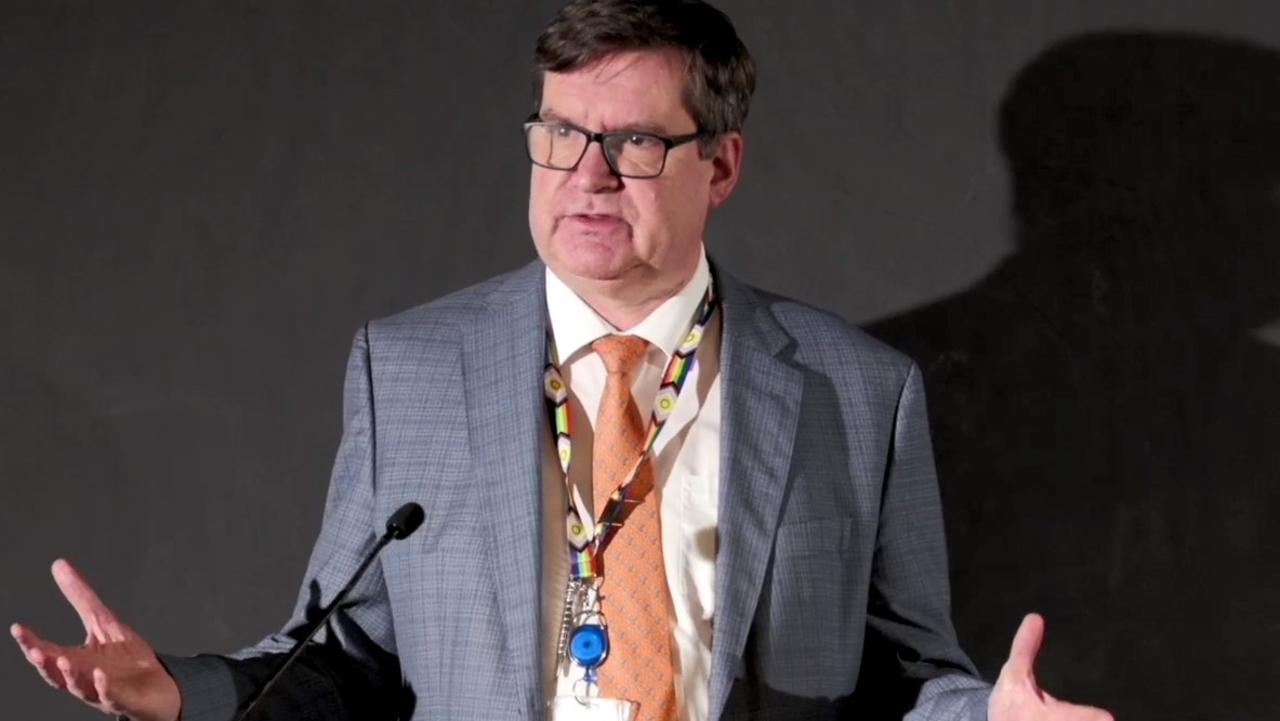The failures that cost lives at St Basil’s
Fifty residents of St Basil’s paid the ultimate price for a litany of errors and mismanagement. Here’s how the Fawkner aged care home turned into a Covid disaster zone.
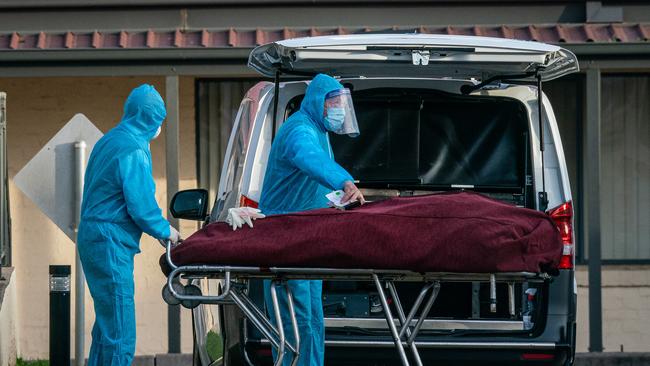
Coronavirus
Don't miss out on the headlines from Coronavirus. Followed categories will be added to My News.
St Basil’s Home for the Aged was a coronavirus disaster zone.
Fifty residents at the Fawkner home died amid a devastating Covid-19 outbreak in July and August last year.
In the first 10 days of hearings, a coronial inquest probing those residents’ deaths — 45 from coronavirus and five from neglect — has uncovered error upon error in the handling of the crisis.
An infected worker attended shifts, staff were ordered to remove masks, there were critical delays as the virus swirled among vulnerable residents, “shocking” government decisions, woeful communication and a confused bureaucracy co-led by officials who weren’t even in Victoria.
The litany of errors combined to devastating consequence — the complete failure of St Basil’s vulnerable residents, dozens who paid the ultimate price, and their families.
Here’s just 50 of those mistakes.
FIFTY FAILURES
1. Ms A – the infected worker who sparked the outbreak – reported to colleagues her family had sore throats and she was tired in July 2020, but she continued to work at the home.
2. Ms A got permission on July 8 to attend her shift the next day from nurse Jagmeet Nagra, despite telling her she’d been tested and her family had sore throats.
3. The day Ms A tested positive (July 9), St Basil’s notified the Commonwealth Coronavirus hotline but the Federal Government didn’t act until July 14, when the outbreak at the Fawkner home was raised in a daily meeting with Victoria’s Department of Health and Human Services (DHHS).
4. DHHS told St Basil’s to “sit tight” on July 9 as contact tracers were overwhelmed with up to 100 new cases a day.
5. Victorian authorities failed to organise testing for St Basil’s residents and staff, despite saying they would “facilitate” it. The Commonwealth instead took charge of testing following a daily meeting with DHHS on July 14.
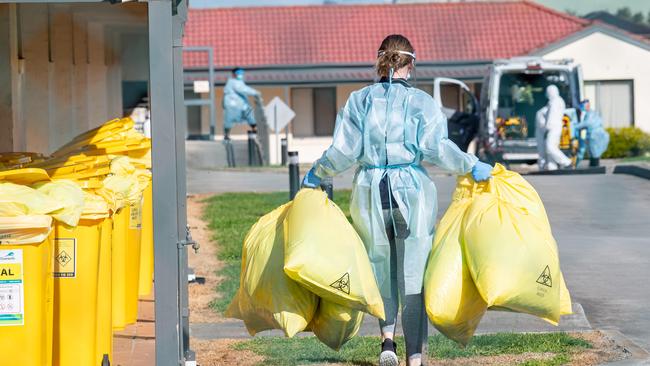
6. Outbreak testing should take place within six hours but residents and staff weren’t tested until July 15, six days after the index case was confirmed. Twenty-eight people were positive on July 17.
7. Many St Basil’s staff weren’t aware their colleague, Ms A, had tested positive. Only those at an in-person meeting were told but others not present remained in the dark
8. Families seeing loved ones through glass windows visits on July 10 weren’t told of the positive test the day before.
9. St Basil’s didn’t stand down all close contacts. Instead, some staff took it upon themselves to leave work and get tested.
10. A manager told worker Annabelle Fitzpatrick, who tested positive on July 11, not to “spread” the information.
11. The Commonwealth sent its contractor Aspen Medical to St Basil’s to investigate the situation and report back on July 16 – but Aspen had no authority to seize documents. It’s not clear why the Aged Care Regulator, which does have the authority, wasn’t used.
12. Aspen’s offers to help St Basil’s staff were refused by managers who were “very resistant to offers of support”.
13. Victorian officials decided on July 19 to stand down all St Basil’s workers, despite recent experiences at Estia Heidelberg, where the same orders led to residents starving and missing medicine. The decision was made despite repeated pleas against the “shocking” plan, including by Dr Sandra Brown who has since said she felt “ignored”.
14. Chief Health Officer Brett Sutton signed off on the stand down orders, despite having not been at any of the meetings where doctors had raised their concerns. He also didn’t receive a briefing from a single person who attended those meetings. He said on Friday that there was a “overarching caveat” that the workforce would have only been stood down if there was a suitable replacement — a condition not understood by those carrying out his orders.
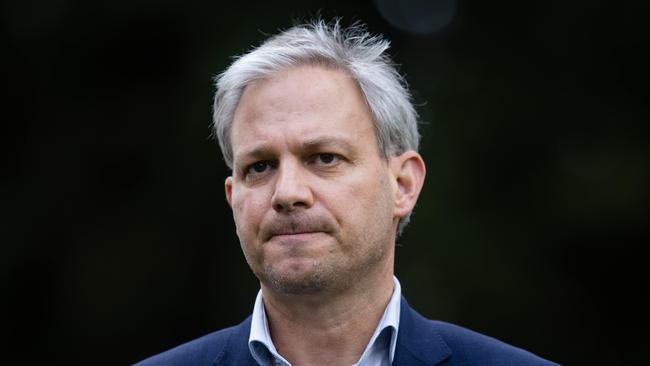
15. There was a “jurisdiction disconnect” – Victoria had the power to stand down staff and transfer residents to hospital, but the Commonwealth was in charge of finding the replacement workforce.
16. No-one asked the Commonwealth if the “tough ask” to replace St Basil’s workers was even possible, and no-one told the Victorian authorities it wasn’t.
17. The possibility of finding replacement staff became “grimmer” and the Commonwealth held “caution” about standing up the required workforce, but deputy CHO Dr Simon Crouch said he was “pushing them hard”.
18. There was no risk assessment done to weigh up the dangers to residents of replacing their carers.
19. The replacement workforce was “completely inadequate” – it was only identified 12 hours before the staff handover; was made up of casual workers, many who refused to work at a Covid-19 infected site; the most experienced worker graduated two years earlier and some were working their first shift; and was drawing from an already massively depleted agency staff pool, also tasked with supplementing overrun hospitals and aged care homes.
20. Commonwealth officials desperately trying to find a replacement workforce for St Basil’s were based in Canberra, Adelaide and Sydney.
21. ‘Technical problems’ meant those in Canberra responsible for putting together a replacement workforce couldn’t access daily Aspen briefing notes.
22. Fewer than 60 workers turned up on July 22 to replace 120 St Basil’s staff.

23. Prof Sutton ordered the hand over by the end of business on July 22, but crucial hours were lost when this changed to 11am – and no-one knows why.
24. Senior St Basil’s staff offered to isolate on-site and help the new workers for continuity of care, but they were denied.
25. St Basil’s manager Vicky Kos, who strongly opposed the staff stand down orders, allegedly refused to hand over clinical notes, keys and computer passwords.
26. The relationship between St Basil’s management and the state government broke down, with the home’s chairman Kon Kontis on July 20 threatening to “escalate” the stand down orders to “the Archbishop and discuss with media”.
27. Prof Sutton had the power to direct Mr Kontis to co-operate fully with the handover to the surge workforce but assumed he would simply comply after the stand down orders were made.
28. Hours into the handover, meals and medications weren’t being given to residents.
29. Many casual workers were so overwhelmed after their first shift they were seen crying in the halls and never returned.
30. Officials were told on July 21 that Prime Minister Scott Morrison expected residents would be transferred to private hospitals, but this was ruled as not being “the preferred approach” and was never offered.
31. Commonwealth chief nurse Prof Alison McMillan toured St Basil’s on the day of the handover, July 22, and reported back to a “very concerned” health secretary that the home was “fit for purpose”.

32. Prof McMillan’s report that there was “no need” to evacuate residents delayed the removal of 40 Covid-positive people to hospital by two days.
33. Managers told concerned St Basil’s staff wearing masks within days of the outbreak to remove them as they didn’t want to scare residents.
34. Despite St Basil’s having stocks of personal protective equipment, it wasn’t worn until July 13 – four days after the first positive test – because management said the Commonwealth hadn’t mandated it.
35. Infected staff continued to work on-site while awaiting their test results.
36. Some families were able to enter St Basil’s and visit infected residents even after they tested positive.
37. Covid-positive residents were sent by St Basil’s to hospital, but strained hospitals sent them back to the ill-equipped home.
38. An infection prevention control expert – considered integral for St Basil’s – was sourced from Perth and wasn’t available until six days after the staff handover.
39. Poor infection control was reported with “young, inexperienced” cleaners going to the local shops for lunch dressed in PPE and infected food trays being returned from residents’ rooms to the kitchen.
40. The conditions in St Basil’s were so disastrous residents were seen wandering the infected hallways and one starving man became so aggressive he tried to smash the windows.
41. Residents were subjected to the distressing sight of having the bodies of dead victims rolled out of the home in front of them.
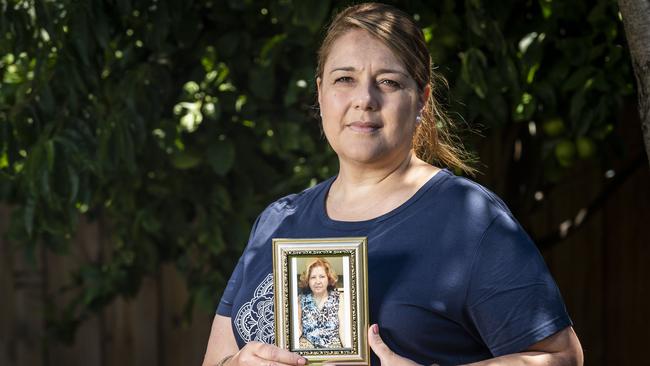
42. Waste removalists refused to pick up infected rubbish that piled up outside the home.
43. The Commonwealth hired 10 social workers who were not at St Basil’s to give families daily updates on their loved ones, which they deemed worthless.
44. One social worker called a family to tell them their mother was well in her room when she was already dead in hospital.
45. Staff threatened to call the police on families who turned up at the centre desperate for information after their repeated phone calls went unanswered.
46. Authorities initially believed that all infectious workers had left St Basil’s by July 15 – the date of the close contact direction that led to the stand down orders – but have since conceded they were still on site after that date.
47. Nurses reported the “horror” conditions at St Basil’s on July 23, with residents dying during their visit and others going unfed, sitting in soiled nappies and suffering bedsores, but the home wasn’t fully evacuated until August 1.
48. Four days after the evacuation, Commonwealth public servant Neil Callagher warned DHHS against repeating the “frankly dangerous” mistake of standing down all staff at a different Victorian home, but DHHS’s Maree Roberts told him to stay in his lane.
49. Some of the first infected and exposed St Basil’s staff were cleared to return to work after 10 days, which could have led to better care for residents, but were directed by St Basil’s management not to come back until the end of July.
50. The daughter of St Basil’s victim, Fotini Atzarakis, was called by the home four months after her mother’s death and asked if she still wanted a bed.




